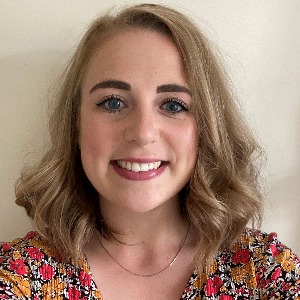Title : Point-of-care ultrasound-guided fracture manipulation in a paediatric patient: A case report
Abstract:
Aim/Objectives: Fractures account for approximately 10–25% of paediatric injuries presenting to the Emergency Department (ED) (1). While closed fracture reduction is often required, achieving adequate analgesia and muscle relaxation can be challenging. Standard practice includes using diamorphine and entonox, which may not provide sufficient muscle relaxation, often causing distress to both patient and family. Ketamine sedation is preferred in many cases for its dissociative properties but may not be feasible in busy tertiary centres due to being resource heavy. Ultrasound guided haematoma blocks have been documented in the literature previously for adolescences (2) however there is limited literature for paediatric fracture manipulation under point-of-care ultrasound guidance (POCUS). This case explores the use of POCUS in facilitating both haematoma block administration and real-time guidance for fracture manipulation in a paediatric patient, avoiding the need for deeper sedation.
Methods: A paediatric patient with a displaced distal radius fracture underwent ultrasound-guided haematoma block by an ED Registrar trained using POCUS. A subsequent manipulation was performed by an Orthopaedic Registrar under live ultrasound guidance.
Results: Initial reduction was suboptimal, prompting a repeat manipulation guided by POCUS. Final alignment was confirmed on post-cast application radiograph. The patient had a good recovery and good radiological outcomes at 6-week follow-up, without surgical intervention.
Conclusion: This case highlights the utility of POCUS in paediatric fracture care—not only for guiding analgesia but also for dynamic assessment during manipulation. It provides a valuable alternative when traditional sedation methods are unavailable or impractical. Widespread adoption of this technique could reduce the need for procedural sedation or theatre-based interventions, potentially shortening time in hospital and improving outcomes. Further research is warranted to establish training protocols and broader clinical application.



